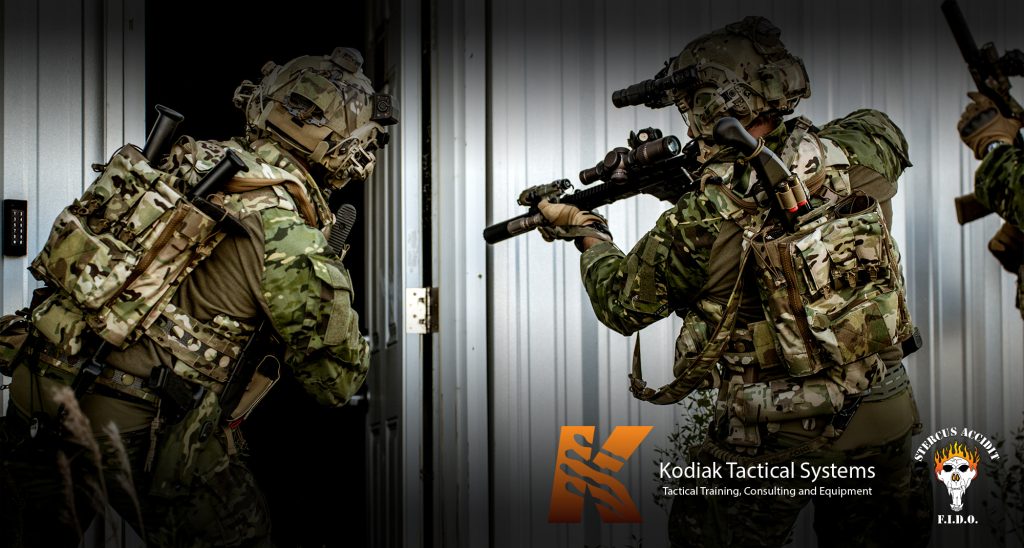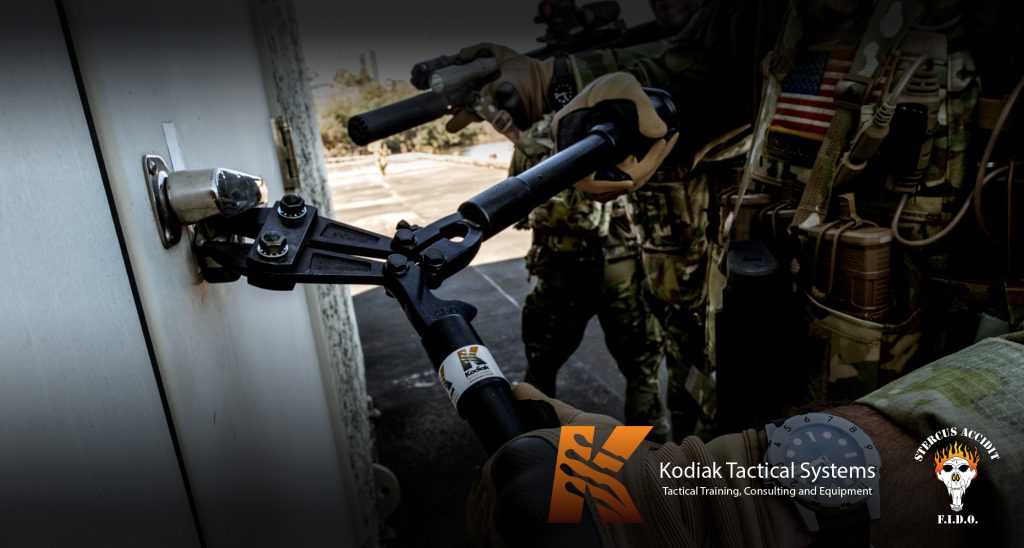Tactical Breaching Advancements Developed by The Military and Law Enforcement Since WWII

Tactical breaching, a critical skill set within the military and law enforcement communities, has witnessed remarkable evolution and advancements since World War II (WWII). This article explores the historical milestones and innovations that have shaped tactical breaching techniques in both domains, highlighting key developments, methodologies, and their impact on modern operations. The progression of tactical breaching reflects the dynamic nature of warfare and the imperative need to adapt to ever-changing challenges. This is particularly true as the battlefield shifts to urban environments.
Introduction
Tactical breaching, defined as the methodical and often forceful entry into secured structures or areas, is a fundamental component of military and law enforcement operations. While breaching techniques have ancient roots in siege warfare, it was during and after WWII that tactical breaching saw significant advancements and specialization. Often breaching is critical in determining the success of an operation.
WWII and Explosive Breaching
1. Early Origins: Ancient Warfare to WWII
The concept of breaching barriers has deep historical roots, with ancient armies using battering rams, siege towers, and trebuchets to penetrate fortifications. However, during WWII, the development of explosive charges marked a pivotal moment in tactical breaching. Engineers on both sides of the conflict began devising specialized explosives and techniques for breaching fortified positions, such as bunkers and concrete emplacements.
Post-WWII and the Cold War
2. Special Forces Development
The aftermath of WWII saw the formation of elite military units, including the British SAS and the U.S. Army’s Special Forces (Green Berets). These specialized units played a critical role in the development of tactical breaching techniques. They trained extensively in unconventional warfare and counterinsurgency operations, which required expertise in breaching to access hidden or fortified enemy positions.
3. Advancements in Breaching Techniques
The Cold War era witnessed significant advancements in breaching tools and methodologies. Engineers developed specialized charges, including shaped charges and linear-shaped charges, capable of penetrating armored and reinforced structures. Additionally, breaching tools such as hydraulic spreaders and cutting torches became essential for mechanical breaching.

Modern Era
The Global War on Terror (GWOT)
4. Focus on Counter-Terrorism and Urban Warfare
The Global War on Terror (GWOT) that followed the September 11 attacks brought tactical breaching to the forefront of military and law enforcement strategies. Counter-terrorism operations necessitated the rapid and precise entry into urban structures where terrorists often took refuge. Breaching became a cornerstone of these operations.
5. Explosive Breaching Innovations
During GWOT, innovations in explosive breaching continued to evolve. Advancements in breaching charges improved safety and precision. Water impulse charges, for example, reduced the risk of structural damage and minimized the risk to breaching teams.
Current Advancements
6. Diversity of Breaching Methods
Modern tactical breaching encompasses a range of methods, each suited to specific scenarios. These methods include explosive breaching, mechanical breaching using tools like saws and hydraulic tools, manual breaching with tools such as battering rams and pry bars, ballistic breaching with specialized ammunition, exothermic breaching using torches, and surreptitious breaching, which uses lock picking and electronic devices to bypass locks and security systems.
7. Training and Coordination
Training programs have become increasingly specialized, emphasizing teamwork, safety protocols, and adaptability. In the last two decades, Breaching has been given more attention, particularly in the law enforcement community, and is now viewed as a specialty. Breachers and their teams now undergo rigorous simulations and live exercises to prepare for real-world scenarios. The development of re-breachable training doors and windows have made this type of training more accessible and cost effective. Breaching is now not only for specialized units, but has in many communities been taught to first responders who must deal with making entry on active shooters. Team coordination and communication are paramount, ensuring successful and safe breaching operations.
Challenges and Controversies
While tactical breaching has seen significant advancements, it is not without challenges and controversies. These include the risk of collateral damage, legal and ethical considerations, and the need for continuous improvement in breaching techniques and equipment.
In conclusion, the history of tactical breaching in military and law enforcement communities since WWII is a testament to the adaptability and innovation of specialized units. From its roots in ancient warfare to the modern, diverse range of breaching methods, tactical breaching remains an indispensable tool in ensuring mission success and public safety.
